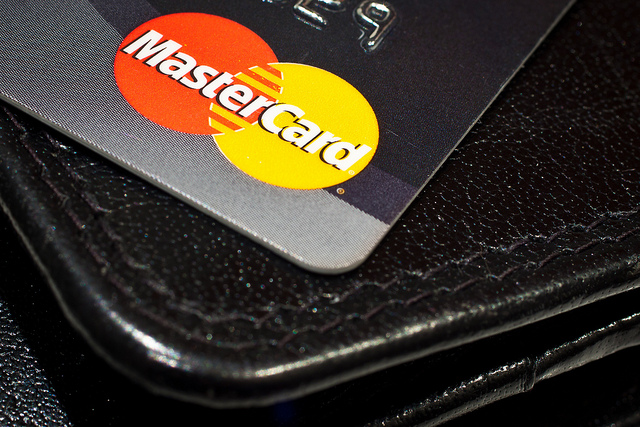Automated Accounts Receivable Programs: Cutting DSO by 30% in Six Months
In today’s economy, speed to cash is as important as speed to market. Companies that let receivables linger for 60, 75, or even 90 days are putting...
3 min read
January 17 2015
by
![]() Chris Cosgrove
Chris Cosgrove

In today’s evolving accounts payable landscape, there are many technologies and trends to stay abreast of, which makes life difficult for Accounts Payable Managers, Controllers, and CFOs alike. Knowing which segment of their jurisdiction to focus on is a challenging and continuously shifting set of items to discerning. However, one of the most rapidly evolving niches within the AP landscape is that of electronic payment technologies. Financial pressures along with organizational pressures to evolve and improve are forcing leaders to look to new options to create wins for their organization from a workflow and financial perspective. In short, the good news is that few areas offer the promise that comes with electronic payments, and yet, it is still a segment of the payments arena that is coming into its prime.
While many organizations have deployed various corporate card or purchase card solutions, fewer have sought after electronic accounts payable. By definition, the difference would be that electronic accounts payable, such as a virtual MasterCard solution, are approaches to payment that are not centered around any individual card as a payment mechanism, but one in which each payment that is made to vendors who accept will actually create a unique 15 or 16 digit single-use virtual credit card account. This is very cool for a variety of reasons, particularly from a security and an audit trail standpoint.
From a security standpoint, you increase your financial controls when you begin to use something like a virtual MasterCard, because you are not running all of your spending through an individual card. In other words, each payment is unique, whereas if everything was placed through an individual card, you have a singular point of payment for all transactions. In theory, this means that in the event of fraud or unsanctioned payment transactions, it would be much more difficult to audit and curb. However, when each payment is unique it’s much easier to identify payments per invoice per vendor, as they are entirely unique instead of being mired in a bucket, so to speak, with a ton of others. In common language, it’s just easier to slip shady payments into something that gets a ton of volume, and where it’s difficult to identify items that would otherwise be outliers.
From a cost-to-process standpoint, it goes without saying that virtual MasterCard payment methods are much more cost-effective than traditional methods. According to Aberdeen Group, the average cost for an organization to process a check (on the AP side, not AR side) is $7.78, which is no small number, especially when you’re processing hundreds or thousands of these transactions per month. (You should also get a good handle on your invoice processing costs, but that is beside the point!) There are certainly electronic options to be sure that offer some advantage here including ACH transactions and electronic accounts payable (like virtual MasterCard), but the differentiation point is that the latter offers a significant financial incentive to an organization to deploy. Therefore, since they both offer process advantages, at the end of the day, one simply makes a bigger fiscal impact and the conclusion is that it will ultimately be preferable. However, one assumption to this is that you can garner supplier adoption to the use of virtual payment technology. The learning curve is not that great to be able to redeem payments via this method, however, any time people are required to change how they do things, there will inevitably be some level of resistance.
Finally, there is the consideration of acceptance to consider. One of the compelling reasons to consider virtual payments a la virtual MasterCard type arrangements is the widespread acceptance of the payment type. Certainly, there are several major players in this space, including American Express and various bank cards, but in terms of the broad reception of the brand, MasterCard is arguably at the forefront of the market.
If you haven’t looked at ways to improve how you are making payments today and if you want to make the process and financial impacts in your organization in a big way, consider harnessing the power of virtual payments in your company and begin cutting the extraneous process costs and begin grabbing the available rebates that are eluding you today. We believe that there are few undertakings within the AP organization that offer as significant a financial windfall as this type of initiative and are eager to hear your thoughts too!
Schedule a free demo with our team to explore how our CloudX document processing automation software can accelerate your accounts payable processes and add efficiencies to your business!

In today’s economy, speed to cash is as important as speed to market. Companies that let receivables linger for 60, 75, or even 90 days are putting...

Managing operational costs today often means balancing operational costs against tight margins, making it essential to join a group purchasing...